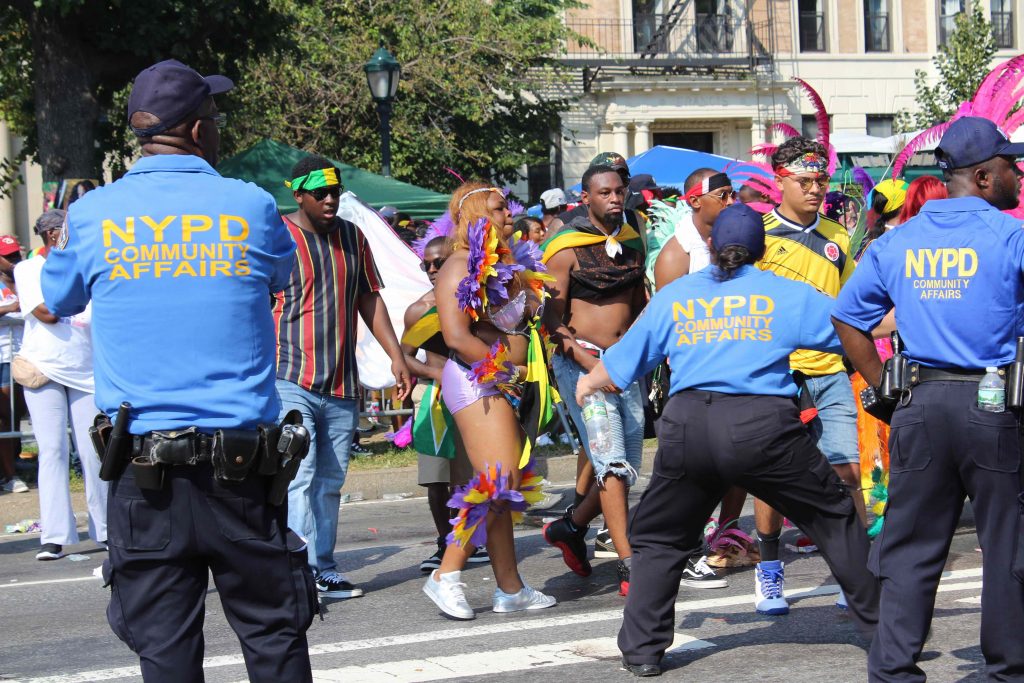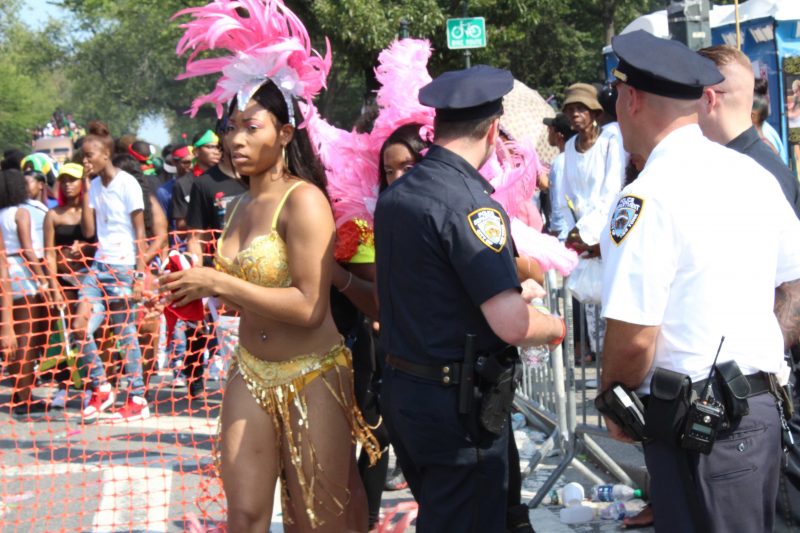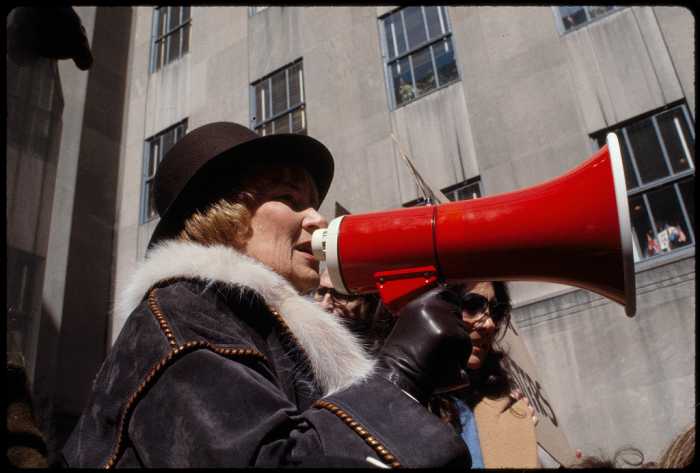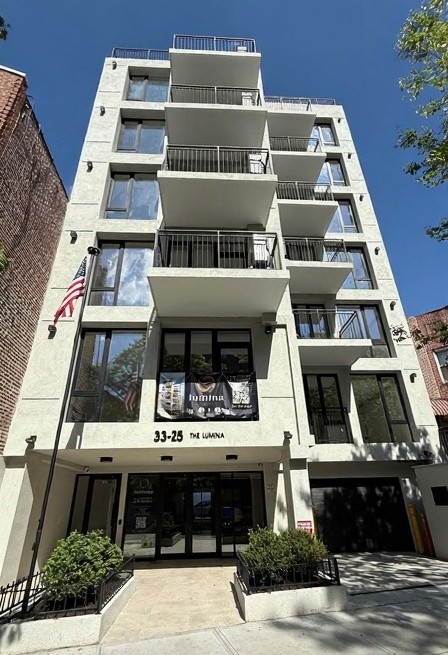Security is in place, so let’s get ready to party!
On Labor Day, the day after tomorrow, Brooklyn will host the New York Caribbean Carnival Parade, a tradition that dates back to the event’s origins in 1930s Harlem. The Parade follows the early-morning street celebration known as J’ouvert, another Caribbean festival popular in places with Caribbean expat communities. These events are a focus of Brooklyn’s Caribbean Community’s cultural calendar, and bring thousands of celebrants and visitors from all over the United States and abroad to participate.
The influx of tourists and local expenditures are a significant boost to Brooklyn’s local economy, while the celebrations themselves are a joyous celebration of West Indian culture and traditions, open for anyone to enjoy.
Originally associated with pre-Lenten festivities, Brooklyn’s late-Summer version retains the sense of cheerful abandon of the Carnival celebrations throughout the Caribbean. But participants also spend large sums and devote hundreds of hours during the year preparing themed costumes and floats for the parade, and entrepreneurs offer first-rate Caribbean cuisine as delectable fuel for dancers and revelers.
While any public event attracting a million or more participants will have a handful of bad actors and the potential for isolated violence, a rash of shootings and other episodes in recent years prompted organizers and the NYPD to revamp the schedules and procedures for managing the Parade and surrounding activities.

J’ouvert, which previously began at 4 a.m., now starts at 6 a.m., though celebrants may gather in anticipation of entry to the parade route at 2 a.m. J’ouvert ends at 11 a.m., and the Parade itself begins an hour later, at noon. Participants are screened for alcoholic beverages, now prohibited after years of informal acceptance, and backpacks or large bags, also forbidden at the Parade, at 13 secure entry points along the two-mile long Parade route.
Last Wednesday, Police Commissioner James P. O’Neill announced the security measures for the events in 2019. “Thousands” of uniformed personnel will be monitoring events, including “response teams from the Emergency Service Unit, Strategic Response Group, Critical Response Command, and teams of officers on bicycles.” Over 300 light towers will be located at the entry points, with concrete barriers, blocker cars and Department of Sanitation sand trucks strategically placed. In addition, security cameras will be temporarily installed along the route, with footage monitored in real-time for “unsafe activity.”
The measures continue strategies implemented since 2017 to improve public safety and enhance the experience for parade-goers. The last two years brought a welcome respite from recurring violence around the weekend’s periphery in recent years, coinciding with the new policies and practices implemented by the NYPD in conjunction with Parade organizers.
At Mayor de Blasio’s 2018 press conference about security measures for the J’ouvert celebration, he pledged to continue the “combination” of strategies that led to the past year’s improvements. The Mayor credited “neighborhood policing philosophy” by the NYPD and improved community involvement, as well as the Cure Violence program, overseen by the NYC Health Department.
The success of his approach to security at J’ouvert and the Carnival Parade provided a big win for the Mayor amidst unrelenting criticism of his overall job performance, and another successful Labor Day weekend will continue to vindicate his response to a crisis that led some to question the continued celebration of J’ouvert in Brooklyn. Borough President Eric Adams, now-Public Advocate Jumaane Williams and others vowed to confront safety issues while continuing the festivities, and thus far the efforts of the community, elected officials and police officers have combined to fulfill that commitment.






